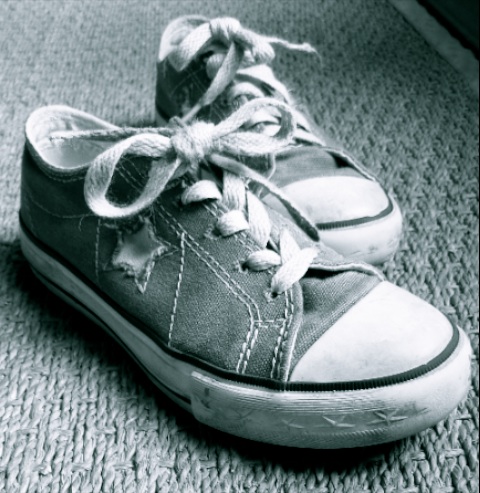Engaging the Mom Market

Recently Maria Bailey created a list of places a brand needs to be in order to engage with moms. Her list was right on the money, so I thought I’d share it here.
We all know moms are constantly on the go, and use numerous technology tools to stay connected. Mobile apps, iPads and Smartphones are just some of the tools that help brands market to moms and engage them at the right time and with the right message. Here are some additional tools that should be part of any marketers toolkit when reaching out to the mom market.
1. Engage Moms on YouTube
As the second largest search engine, YouTube provides moms an easy way to not only search for products, but to also learn how to use them. Create short videos — less than three minutes — that tell moms how to create solutions with your product. Use mom vloggers or mom employees to produce videos in order to create a relevant connection with the female audience.
2. Mothers Can Be Found on Pinterest
If you haven’t discovered this hot, new social media community yet, make it a New Year’s resolution to do so. This is not only where moms are migrating for ideas and product suggestions, but it’s cool to her tween and teenage kids as well. The next time a mom blogger tells you she loves your product, ask her to “pin” it on her Pinterest bulletin board.
3. Find Moms in Their Homes
An article by the Associated Press,“Why Are Toys Selling Out? Might be Mommy Blog Buzz,” focused on the success of LeapPad Explorers and their popularity, thanks to the buzz created by MommyParties. It’s using the fun of in-home Tupperware parties without the pressure to buy items. Allowing moms to test and share your product in a social setting is an effective way to fully engage mothers in peer marketing.
4. Reach a Mother in Her Email Box
We often forget the power of email; however, moms are still reading emails several times a day. In fact, most say they learn about sales and promotions via email. They also say they don’t want numerous emails promoting the same deal or emails that have no relevance to their lives. In other words, don’t send a mother with teenagers an email promoting baby food. An “unsubscribe” is sure to happen, followed by a delete of your company from her buy list.
5. Look for Moms at Smaller Niche Conferences
Brands love to sponsor conferences but often do so without a plan or strategy behind it. Sometimes bigger is not better. There are over 30 mom blogger and social media conferences in 2012. Some of the smaller, more intimate conferences can provide you a better platform to truly engage with the moms in attendance. It’s not about being a logo on a brochure, but rather truly engaging with those who are at the conference. There are conferences for Christian Moms, Frugal Moms, Video Moms and many others. Look for the conference that fits your brand and message.
6. Engage Moms on Their iPads
“There’s an app for that” and moms on average have 31 of them on their iPads. One-third of them is there at the request of her children. Make sure you are among the solution-oriented apps that she downloads to her wireless device in 2012.
7. Connect with Moms on iTunes
More and more moms are listening to podcasts. It’s easy and inexpensive to create a podcast for your brand. Consider what solutions you can offer mom and pull up a microphone. For example, if you are a car company, create product podcasts on travel ideas or destinations for families. If you are a food brand, consider a cooking podcast. If you can’t find a radio guru in your hallways, think about contracting with a mom podcaster to host your show for you.
Utilizing the tools above will help brands build those engaging, ongoing relationships that are so critical in the mom market.
Happy 2012 everyone!

 I thought the era was gone, but I’m seeing it more and more lately: Women depicting a confident business image in the media (especially in certain industries) are again starting to look like . . . men. Picture women in dark suits, crossed-arms and feet propped up on their desk wearing 4-inch heels. Throw a little Botox in there for those over 50-types and you’ve got the picture. Angry looking (albeit well-dressed) women.
I thought the era was gone, but I’m seeing it more and more lately: Women depicting a confident business image in the media (especially in certain industries) are again starting to look like . . . men. Picture women in dark suits, crossed-arms and feet propped up on their desk wearing 4-inch heels. Throw a little Botox in there for those over 50-types and you’ve got the picture. Angry looking (albeit well-dressed) women.






 I was in a new business meeting the other day where I was discussing the immense marketing muscle of women with a brand manager. This brand manager (a man) chimed in that he didn’t necessarily buy it — he wasn’t so sure that women had the buying power that they actually do. Which might explain why his brand (as great as it is) is languishing.
I was in a new business meeting the other day where I was discussing the immense marketing muscle of women with a brand manager. This brand manager (a man) chimed in that he didn’t necessarily buy it — he wasn’t so sure that women had the buying power that they actually do. Which might explain why his brand (as great as it is) is languishing.